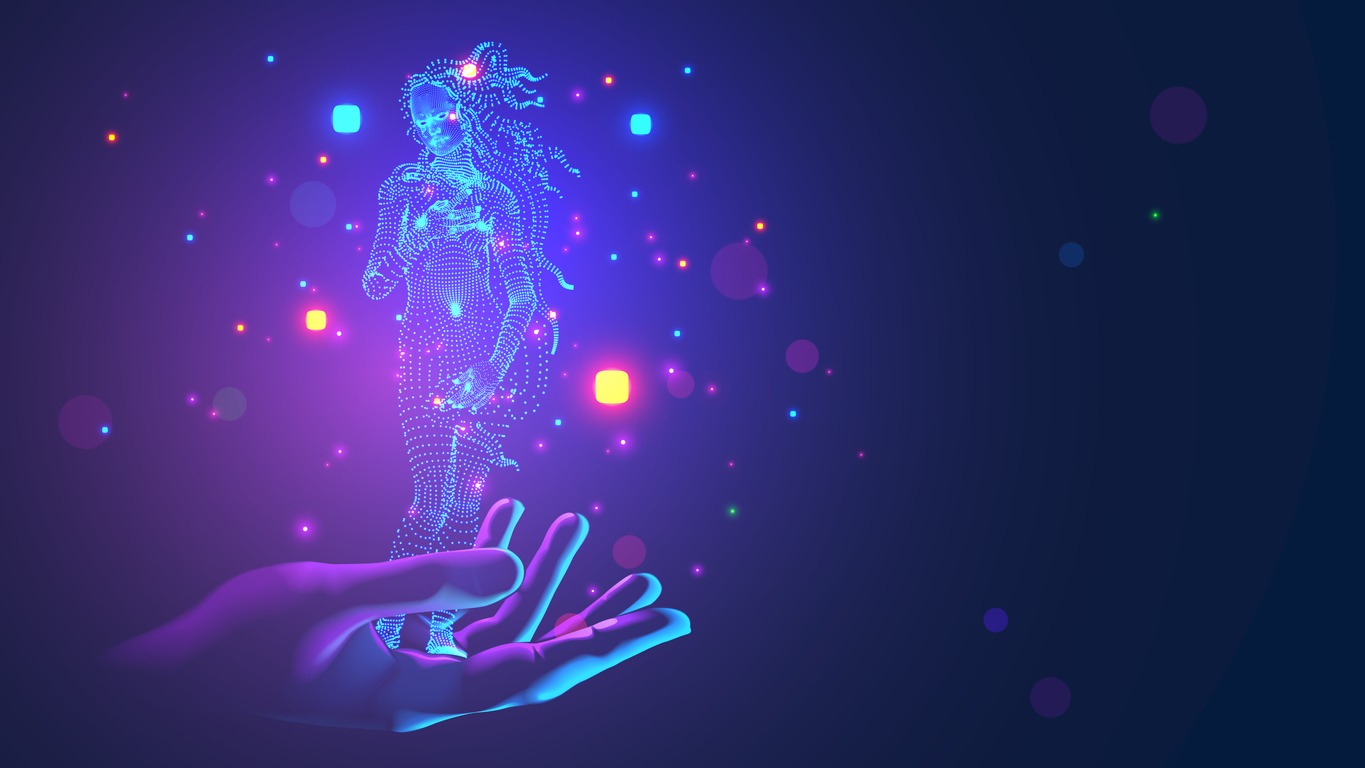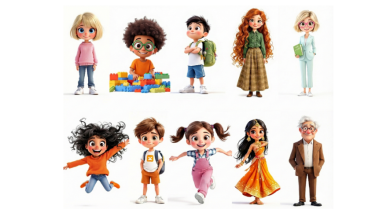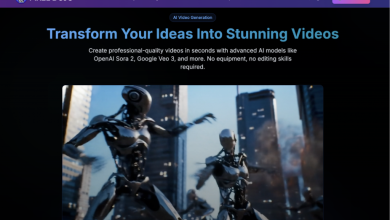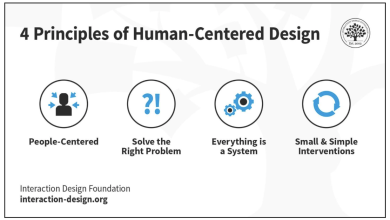
Stepping into the world of Generative AI is like opening a door to a place where technology meets creativity. This kind of AI is super interesting because it’s all about making new things – whether that’s writing a piece of music, designing a cool graphic, or even coming up with brand-new ideas for products.
It’s kind of like having a really smart assistant who can not only understand huge amounts of information but also use it to create something new and unique.
In this article, we’re going to dive into the fascinating ways Generative AI is being used in various industries and how it’s changing the game in everything from art to business. Let’s get started and explore this cutting-edge tech and the amazing things it can do!
1. Decoding Generative AI: Understanding How It Works
Generative AI operates by using algorithms to analyze and learn from vast amounts of data. It can then use this learned information to create new content that is similar but original. For example, by analyzing thousands of songs, Generative AI can compose new music that resonates with human emotions.
If you’re delving into the world of AI, you might wonder, how does generative AI work? It operates by analyzing large sets of data, learning patterns and structures within that data, and then using that knowledge to create new, original content. This process involves complex algorithms and neural networks that mimic human learning and creativity.
This technology leverages deep learning and neural networks, mimicking the way the human brain operates. Understanding how Generative AI works is fundamental in appreciating its potential and the sophistication behind its applications in various industries.
Mac Productivity Apps such as ones from Elephas have also started incorporating Generative AI.
2. Generative AI in Content Creation
In content creation, Generative AI is changing how we make things like articles, ads, and media. It’s pretty cool – now, we have AI that can write stories, come up with ads, and even script videos. Take the news, for example. Some news places use AI to write up finance or sports reports. This lets reporters spend more time on bigger stories. In advertising, AI helps make ads that really speak to certain groups of people, making them more interesting and effective.
3. Generative AI in Art and Design
The art and design world is experiencing a renaissance with the advent of Generative AI. Artists and designers are using AI to create stunning digital art, pushing the boundaries of creativity. This technology can generate intricate patterns, color schemes, and layouts, offering artists new tools and methods to express their vision. AI-generated art is not just about replicating human art; it’s about creating something entirely new and unique, challenging our perceptions of art and the creative process.

4. Applications in Music Production
Generative AI is also making waves in the music industry. It’s being used to compose new pieces of music, ranging from classical symphonies to modern pop songs. This technology analyzes existing musical compositions to understand patterns and structures in music and then applies this knowledge to create new melodies and harmonies. Generative AI is providing musicians and composers with exciting new ways to create music, offering a blend of human creativity and machine intelligence.
5. Generative AI in Film and Animation
The film and animation industries are utilizing Generative AI to create more immersive and visually stunning experiences. AI is being used to generate realistic visual effects, animate complex scenes, and even assist in scriptwriting. Short films and animations created by AI showcase the potential of this technology in storytelling and visual narration. This not only streamlines the production process but also opens up new creative possibilities in filmmaking.
6. Impact on Gaming and Virtual Reality
Generative AI is significantly transforming the gaming and virtual reality (VR) industries. In gaming, AI is used to design complex and dynamic game environments, making each player’s experience unique and immersive. AI algorithms can create detailed worlds, design unpredictable game scenarios, and generate responsive, life-like characters. In VR, Generative AI is enhancing the realism of virtual environments, making them more interactive and engaging. It’s being used to personalize VR experiences, tailoring them to individual preferences and behaviors, thus elevating the overall user experience in gaming and VR.
7. Generative AI in Fashion and Retail
The fashion and retail industries are embracing Generative AI to revolutionize design and shopping experiences. In fashion, designers are using AI to predict trends, generate new styles, and even create entire clothing lines. This technology can analyze current fashion trends and consumer preferences to suggest future designs, making the creation process more efficient and data-driven. In retail, AI is used for personalized shopping experiences, such as virtual try-ons or recommending products based on a customer’s style preferences. This not only enhances customer satisfaction but also helps retailers in inventory management and demand forecasting.
8. Applications in Research and Development
In research and development (R&D), Generative AI is proving to be an invaluable tool. It’s accelerating the pace of innovation across various fields, including pharmaceuticals, material science, and engineering. In drug discovery, for example, AI is used to predict the effectiveness of new compounds, significantly speeding up the development of new medications. In material science, AI helps discover new materials with desired properties more efficiently. This accelerates the R&D process, reduces costs, and opens new horizons in scientific and technological advancements.
9. Generative AI in Marketing and Customer Engagement
Generative AI is also reshaping marketing and customer engagement. It enables businesses to create highly personalized marketing content that resonates with individual customers. AI can analyze customer data to understand their preferences and behaviors and then generate personalized marketing messages, advertisements, and product recommendations. This level of personalization leads to more effective marketing campaigns, higher customer engagement, and increased brand loyalty. In customer service, AI is being used to predict and address customer needs proactively, enhancing the overall customer experience.
10. Generative AI in Education and Training
The education and training sector is leveraging Generative AI to create personalized learning experiences and materials. AI algorithms can design custom educational content that adapts to the learning style and pace of individual students, making education more effective and accessible. In corporate training, AI is used to develop interactive training modules that are tailored to the needs and skills of employees, enhancing their learning experience and knowledge retention. This personalized approach to education and training is revolutionizing how knowledge is imparted and absorbed.
Conclusion
Generative AI is making a profound impact across various industries, from gaming and fashion to research and education. Its ability to generate new content and insights from existing data is not only streamlining processes but also opening new avenues for innovation and creativity. As we have explored, the applications of Generative AI are vast and varied, offering tremendous potential to enhance efficiency, creativity, and personalization in different sectors. The future of Generative AI holds exciting possibilities, and its continued evolution will undoubtedly bring forth even more groundbreaking applications. Embracing this technology can lead businesses and industries toward a more innovative and data-driven future, redefining the boundaries of what’s possible.





